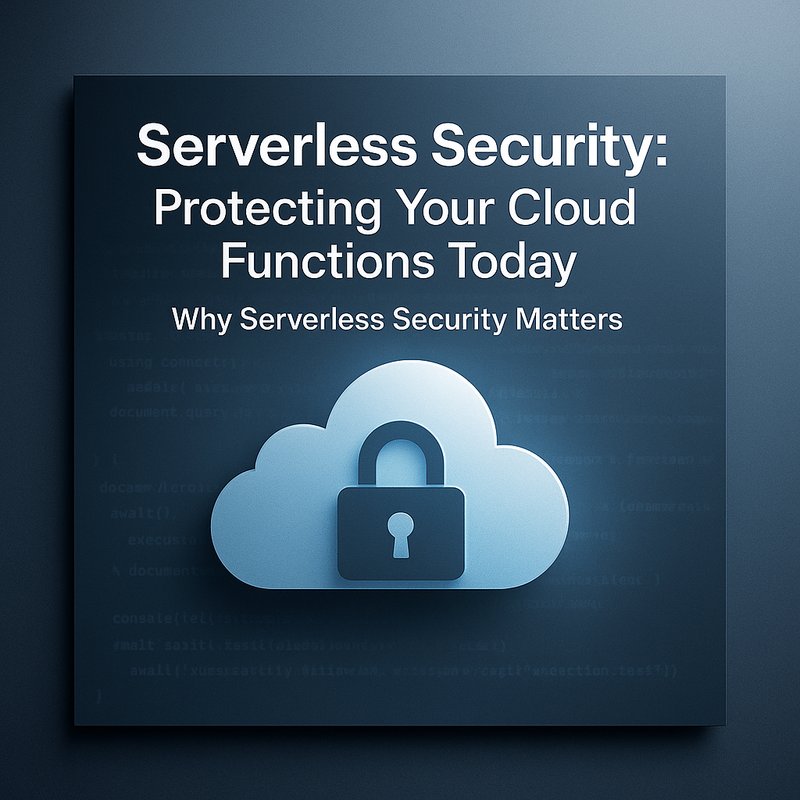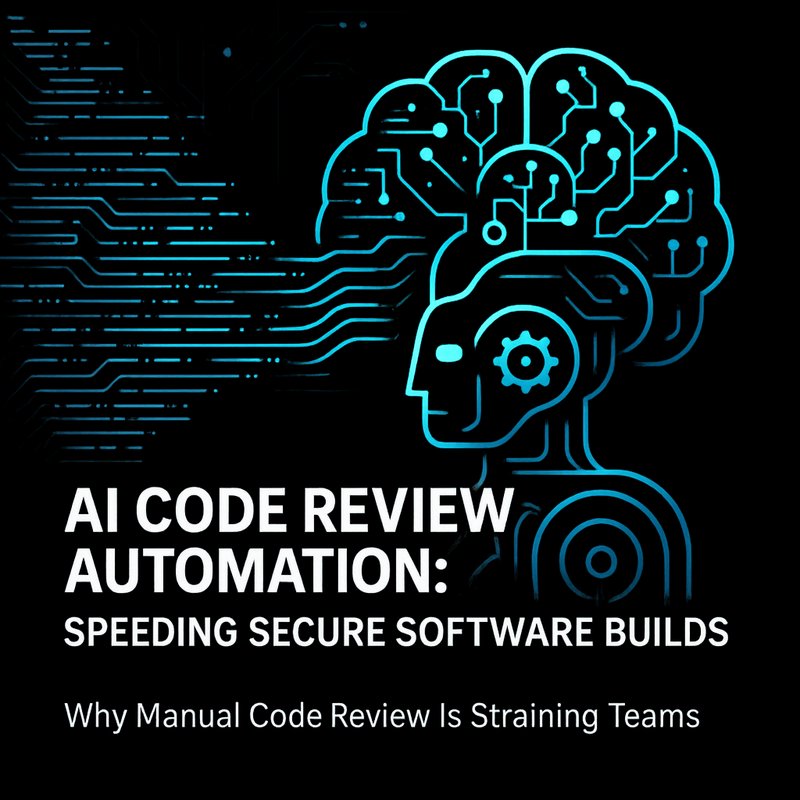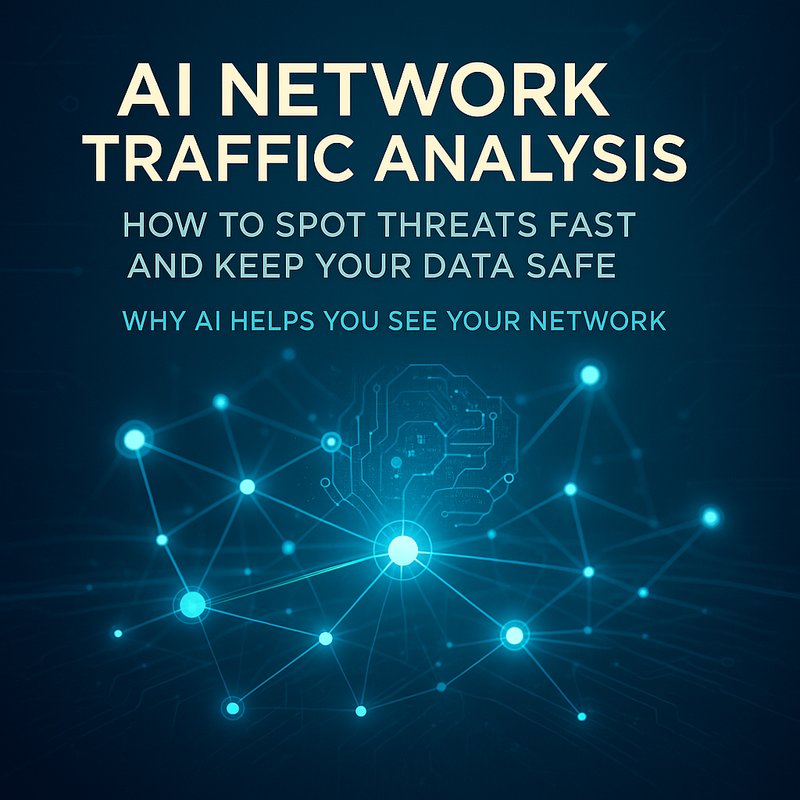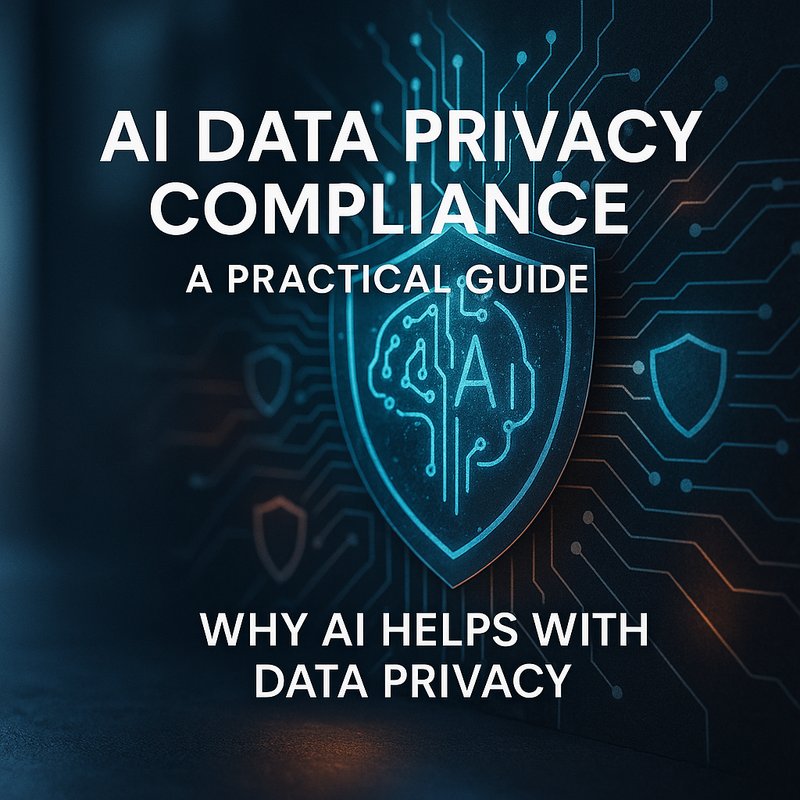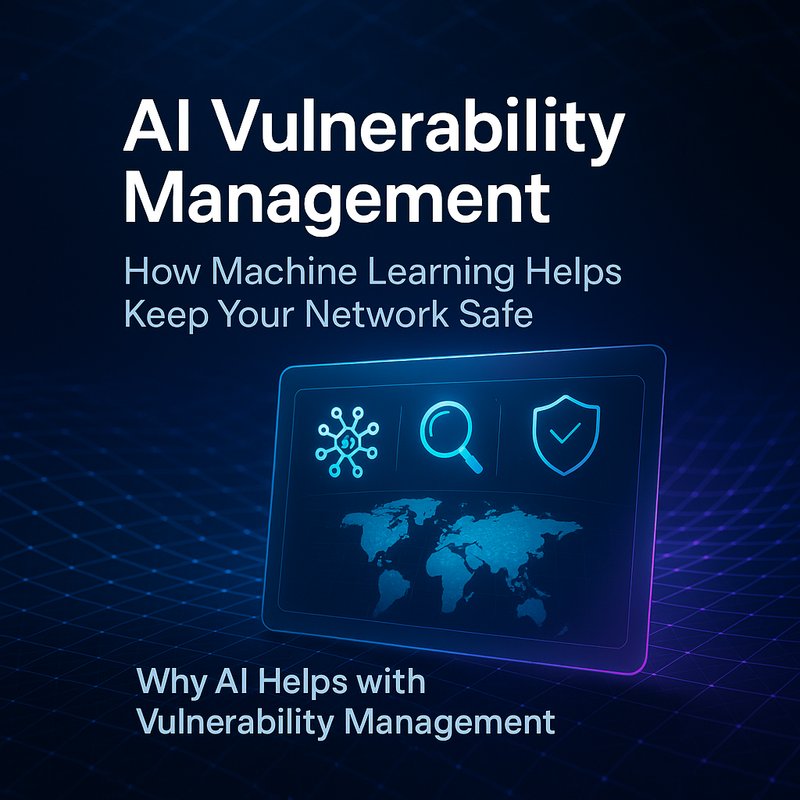Serverless Security is the set of practices that keep your server‑less code, data, and APIs safe while you focus on building features instead of managing servers.
When you deploy code to AWS Lambda, Azure Functions, or Google Cloud Functions, you hand over the infrastructure to the cloud provider. That hand‑off is great for speed, but it also brings a new set of risks. Attackers can abuse mis‑configured permissions, hidden dependencies, or exposed secrets.
In this guide we’ll walk through the most common threats, how to spot them, and what steps you can take right now to harden your serverless stack. By the end you’ll have a clear playbook you can use in your next sprint or audit.
Why Serverless Security Matters
Serverless lets you scale without servers, but it also blurs the boundary between your code and the underlying platform. If your functions run with more privilege than they need, or if they expose sensitive data, attackers can move quickly from one function to another.
- Cost surprises – an exposed function that can be called by anyone can be abused for compute, driving up bills.
- Data leaks – mis‑configured environment variables can leak credentials.
- Compliance gaps – many regulations require strict controls over data access, and serverless makes that harder if you don’t track it.
A quick audit can save millions in potential breach costs.
Core Threats in a Serverless Landscape
| Threat | How It Happens | Real‑World Example |
|---|---|---|
| Excessive IAM Permissions | Functions are granted wide‑ranging cloud permissions. | A Lambda that can list all S3 buckets. |
| Secret Leakage | Secrets hard‑coded or in environment vars. | API key left in a function’s source code. |
| Over‑Open APIs | API Gateway or HTTP triggers with open CORS or no auth. | Anyone can POST to a function that deletes data. |
| Third‑Party Package Vulnerabilities | Dependencies with known CVEs. | A NPM package that’s been compromised. |
| Runtime Bypass | Unrestricted shell access or debug ports. | An attacker uses a function’s exec to run arbitrary commands. |
Recognising these risks is the first step to mitigating them.
1️⃣ Step 1 – Map Your Serverless Footprint
Before you can secure, you have to know what you have.
- List every function – use the provider’s console or the AWS CLI
aws lambda list-functions. - Catalog triggers – API Gateway, S3 events, CloudWatch, or event buses.
- Note environment variables – especially those holding secrets.
A good practice is to push this inventory into a spreadsheet or a lightweight database so you can query it later.
2️⃣ Step 2 – Least‑Privilege IAM for Functions
Functions should only have the permissions they need.
- Create custom IAM roles per function group.
- Use policy conditions to limit actions to specific resources.
- Re‑evaluate permissions quarterly or after a code change.
Example policy for a function that only writes to a single S3 bucket:
{
"Version": "2012-10-17",
"Statement": [
{
"Effect": "Allow",
"Action": ["s3:PutObject"],
"Resource": "arn:aws:s3:::my‑bucket/*"
}
]
}
If a function needs to access another service, add a separate policy only for that service.
3️⃣ Step 3 – Secure Secrets Management
Hard‑coding secrets in code or environment variables is a quick way to expose them.
Use a dedicated secrets store
| Provider | Tool | Benefit |
|---|---|---|
| AWS | AWS Secrets Manager | Versioned, rotatable secrets |
| Azure | Azure Key Vault | Centralised secret storage |
| GCP | Secret Manager | Fine‑grained IAM |
Best Practices

- Never commit secrets to version control.
- Rotate secrets regularly.
- Use short‑lived credentials when possible.
- Audit access to secrets for anomalous activity.
If you’re already using Neura Keyguard, run a scan on your codebase to catch accidental key leaks.
4️⃣ Step 4 – Harden API Gateways
Most serverless functions are exposed via an HTTP endpoint.
- Enable authentication – OAuth, JWT, or custom authorizers.
- Add rate limiting – prevent abuse and cost spikes.
- Configure CORS carefully – only allow trusted origins.
- Turn on logging – capture request and response metadata.
For example, in API Gateway, you can set a usage plan that limits requests per second for each consumer key.
5️⃣ Step 5 – Protect Runtime Environments
Even if the code is secure, a compromised runtime can be a threat.
- Disable the shell – many serverless runtimes expose a
/execendpoint for debugging. - Use read‑only file systems – restrict write access to temporary directories.
- Monitor network traffic – use VPC endpoints for functions that need network isolation.
If you’re using AWS Lambda, you can place functions inside a VPC and only allow them to communicate with required resources.
6️⃣ Step 6 – Keep Dependencies Clean
Open‑source packages are a strength, but they can become a weakness if not monitored.
- Pin dependency versions – avoid auto‑update that pulls in vulnerabilities.
- Run a dependency audit – tools like
npm audit,snyk, ortrivycan flag known CVEs. - Remove unused packages – every unused package is a potential attack surface.
Automate the audit with CI/CD so you catch issues before they reach production.
7️⃣ Step 7 – Continuous Monitoring & Alerts
Security is not a one‑time setup.
- Set up CloudWatch alarms for failed executions, high error rates, or anomalous invocation patterns.
- Enable CloudTrail to log every API call.
- Integrate with a SOAR platform – like Cortex XSOAR – to auto‑trigger playbooks when suspicious activity occurs.
If you’re already using the Neura ACE platform, you can add custom monitoring dashboards that surface function metrics in a single view.
8️⃣ Step 8 – Implement Automated Security Gateways in CI/CD
Add security checks before a function lands in production:
- Static code analysis – detect hard‑coded secrets.
- Unit tests for IAM – simulate permission errors.
- Dependency scans – block merges with vulnerabilities.
- Infrastructure as Code (IaC) checks – verify that policies follow the least‑privilege principle.
These gates reduce human error and keep your stack secure by design.
9️⃣ Sample Checklist for a Serverless Security Audit
| Item | How to Verify | Tool |
|---|---|---|
| IAM roles have minimal permissions | Review IAM policies | AWS IAM console |
| Secrets stored in a secrets manager | Check environment variables | Secrets Manager |
| API Gateway uses auth | Inspect authorizer settings | API Gateway console |
| Dependencies are audited | Run npm audit |
npm / Snyk |
| Runtime shell disabled | Check runtime config | Provider console |
| Monitoring alerts active | Review CloudWatch alarms | CloudWatch |
Use this checklist after each major release or quarterly.
🔟 Final Thoughts
Serverless offers incredible speed and cost savings, but it also demands new security habits. By following the eight steps above, you’ll keep your functions and data safe, keep your bill predictable, and stay compliant with regulations.
Start small: audit one function today, add an IAM policy, and watch the rest of your stack become more resilient.
If you need deeper help, explore our product suite at https://meetneura.ai and see how Neura Keyguard and Neura ACE can automate many of these steps.
